As seen on CHCH Morning Live!

Find my FREE comprehensive meal planner template discussed during the segment below:
COVID-19 has changed how many of us grocery shop, with retailers enforcing mandatory social distancing rules and everyone doing their best to stay safe when leaving the house for essential supplies like food.
Even though leaders are starting to loosen up restrictions, people still should remain vigilant and careful when going out to do grocery shopping!
I was on CHCH Morning Live discussing how to balance your basket/cart during COVID-19!
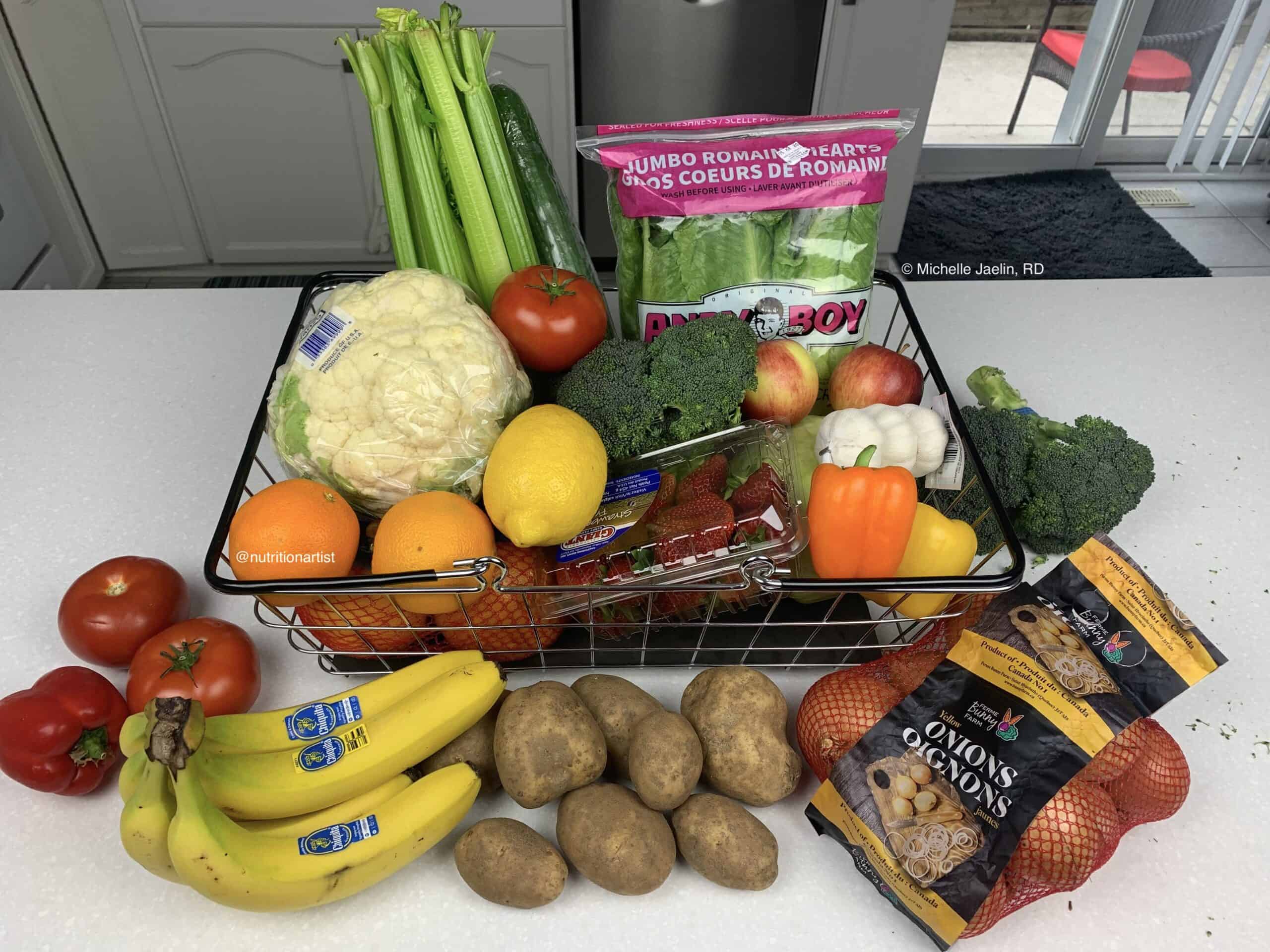
Meal Planning
One of the best ways to ensure you consume healthy meals, minimize food waste and make less trips to the grocery store (necessary for health and safety during COVID-19) is through meal planning.
Plan for at least the week (up to a month) to ensure you have nutritious meals and snacks!
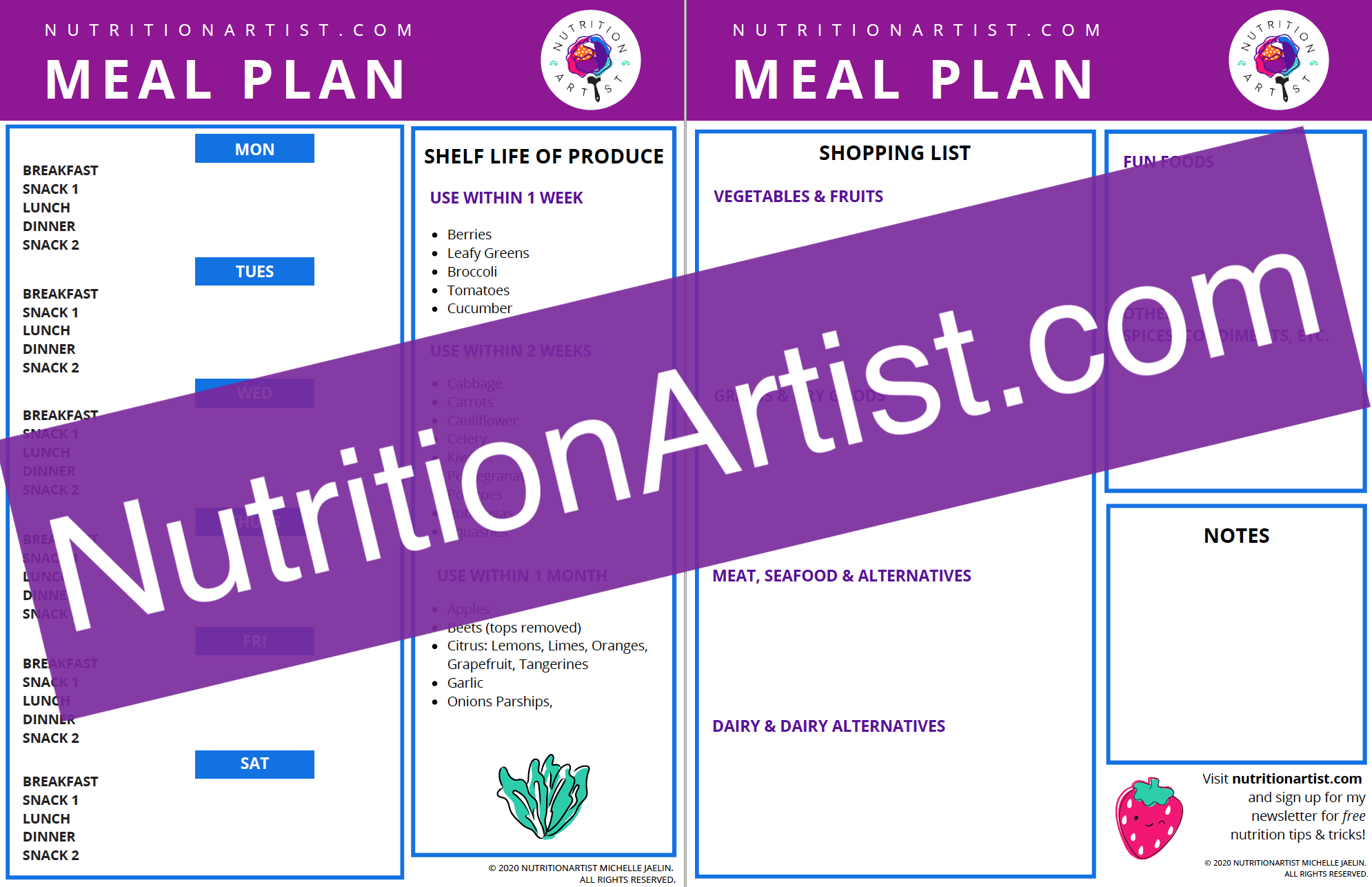
Find my FREE comprehensive meal planner template with shelf life of produce below!
What can you do to minimize your risk when shopping for food?
- Be Decisive – Take the item you touch to avoid spread of viruses or bacteria.
- Separate Your Food – Separate your fruits and veggies from meat, poultry, and seafood in your shopping cart/basket and in bags to avoid cross contamination.
- On Reusable Grocery Bags – Some stores have policies where you cannot bring your own bags. In stores where you can, you will need to bag your own groceries due to health/safety reasons. Wash your reusable grocery bags regularly.
- Cloth Bags ones can go into the washing machine and in the dryer on high heat.
- Plastic Bags ones can be washed by hand and hanged to dry.
- Minimize the Risk After Use: I usually leave the reusable grocery bags in my car in the garage or by the front door for several days. The longer you leave them, the less likely the virus/bacteria will stay alive on there.
- Hand Sanitizer: Keep in your car/purse. Use when you leave the grocery store. Avoid touching your face!
How can you balance your basket so foods will last longer without making multiple trips to the grocery store?

1) Menu plan to ensure you use up the stuff for meals and snacks with the shorter shelf life first. Ie in the first week we are having salad, etc.
Find my free meal planner below:
2) Purchase Fruits and Veggies with Both Short and Long Shelf Lives
Fruits and veggies are the quickest to spoil of all stuff you buy (before milk, bread, eggs, cheese, etc).
Up to One Week
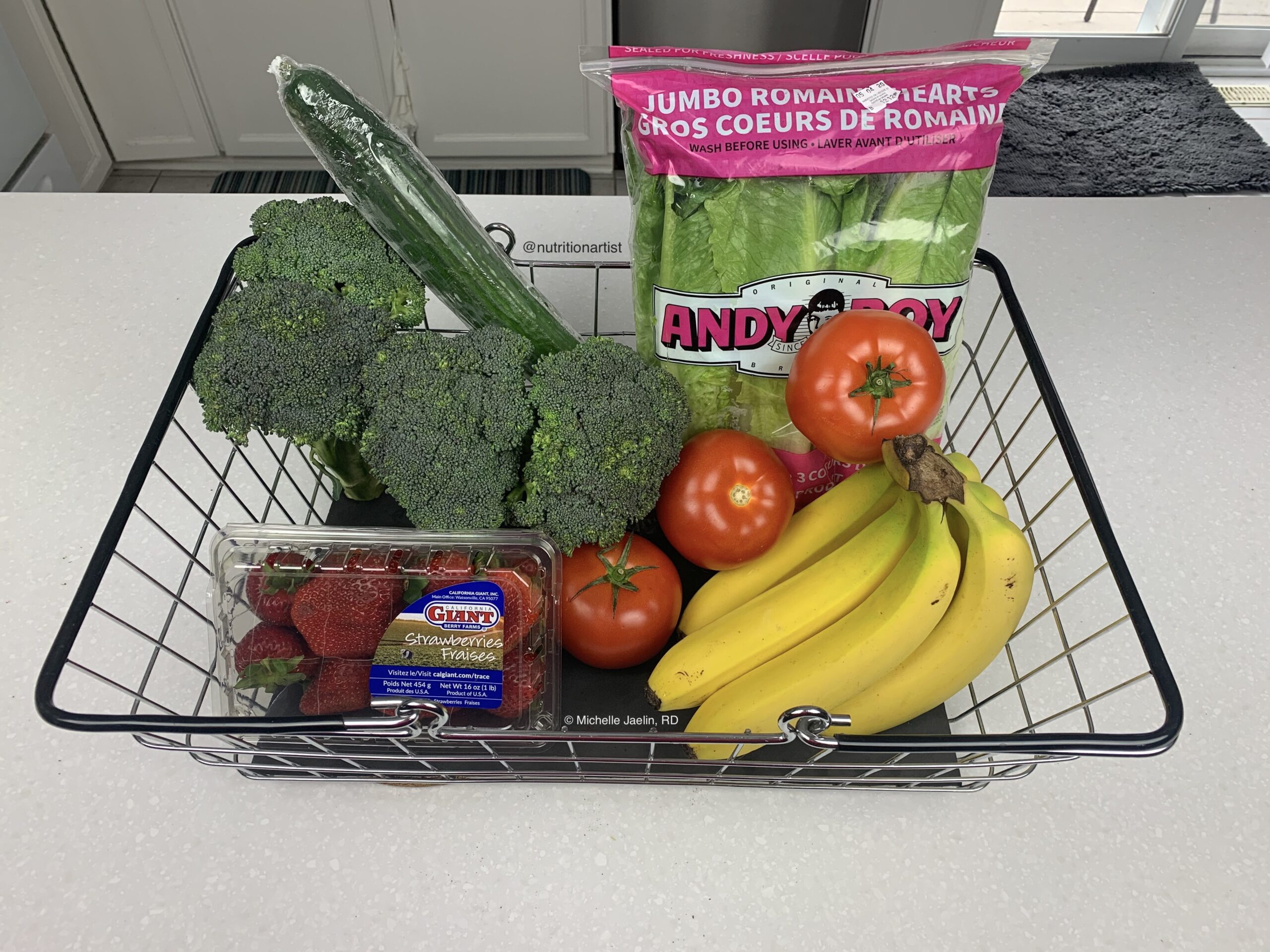
This is why you will eat the ones with the shorter shelf life within the first week of buying them. These include:
- Berries
- Leafy Greens
- Broccoli
- Tomatoes
- Cucumber
Up to Two Weeks
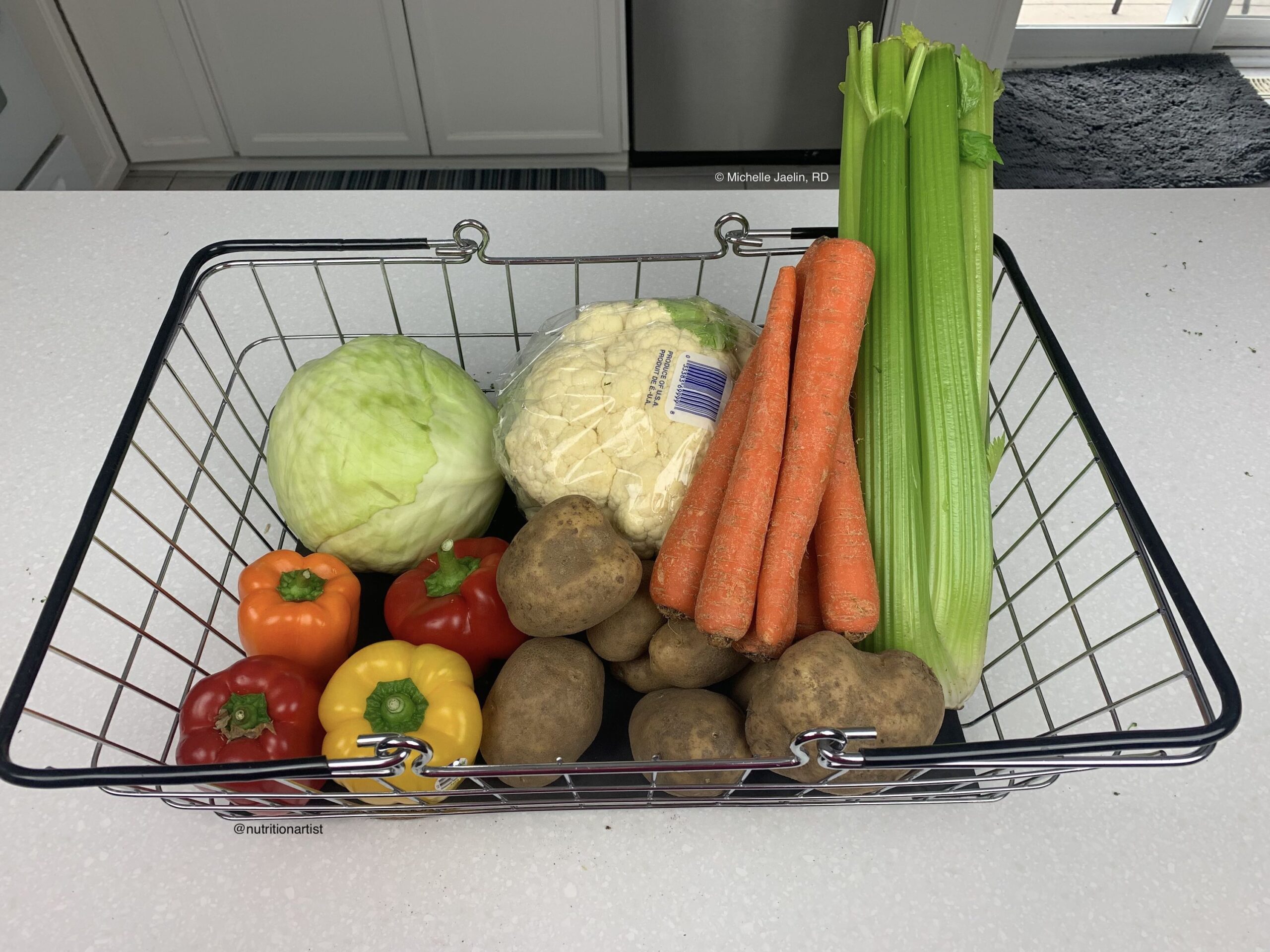
Fruits and veggies that may stay fresh for up to two weeks include:
- Cabbage
- Carrots
- Cauliflower
- Celery
- Kiwis
- Pomegranates
- Potatoes
- Rutabagas
- Squash
Up to One Month
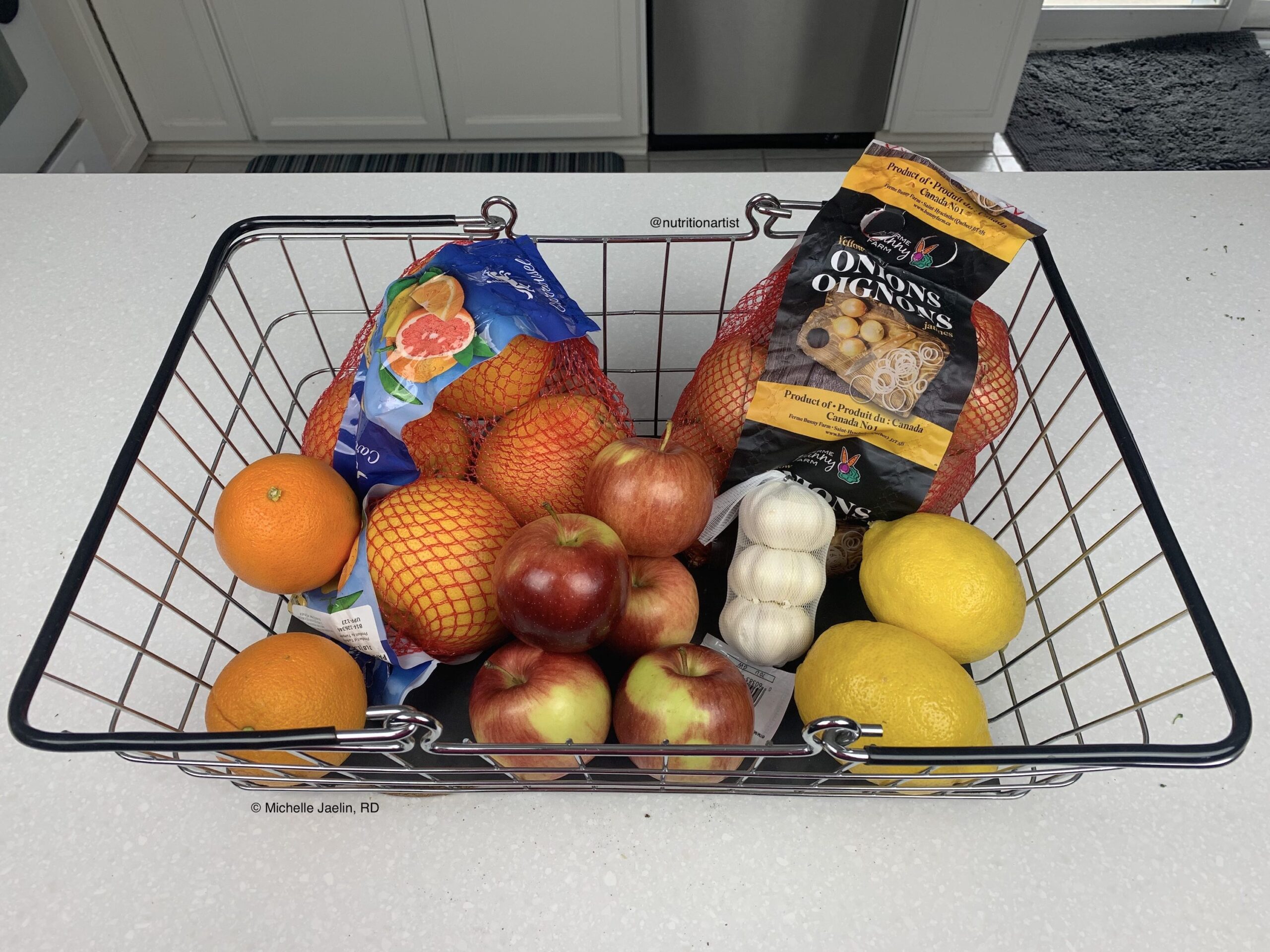
Fruits and veggies that may stay fresh for up to a month include:
- Apples
- Beets (tops removed)
- Citrus: Oranges, limes, lemons, grapefruit, tangerines
- Garlic
- Onions
- Parsnips
These are foods can you buy more of without spoilage because they last longer. Plan to use them later on in the month.
What should you do when you get home?
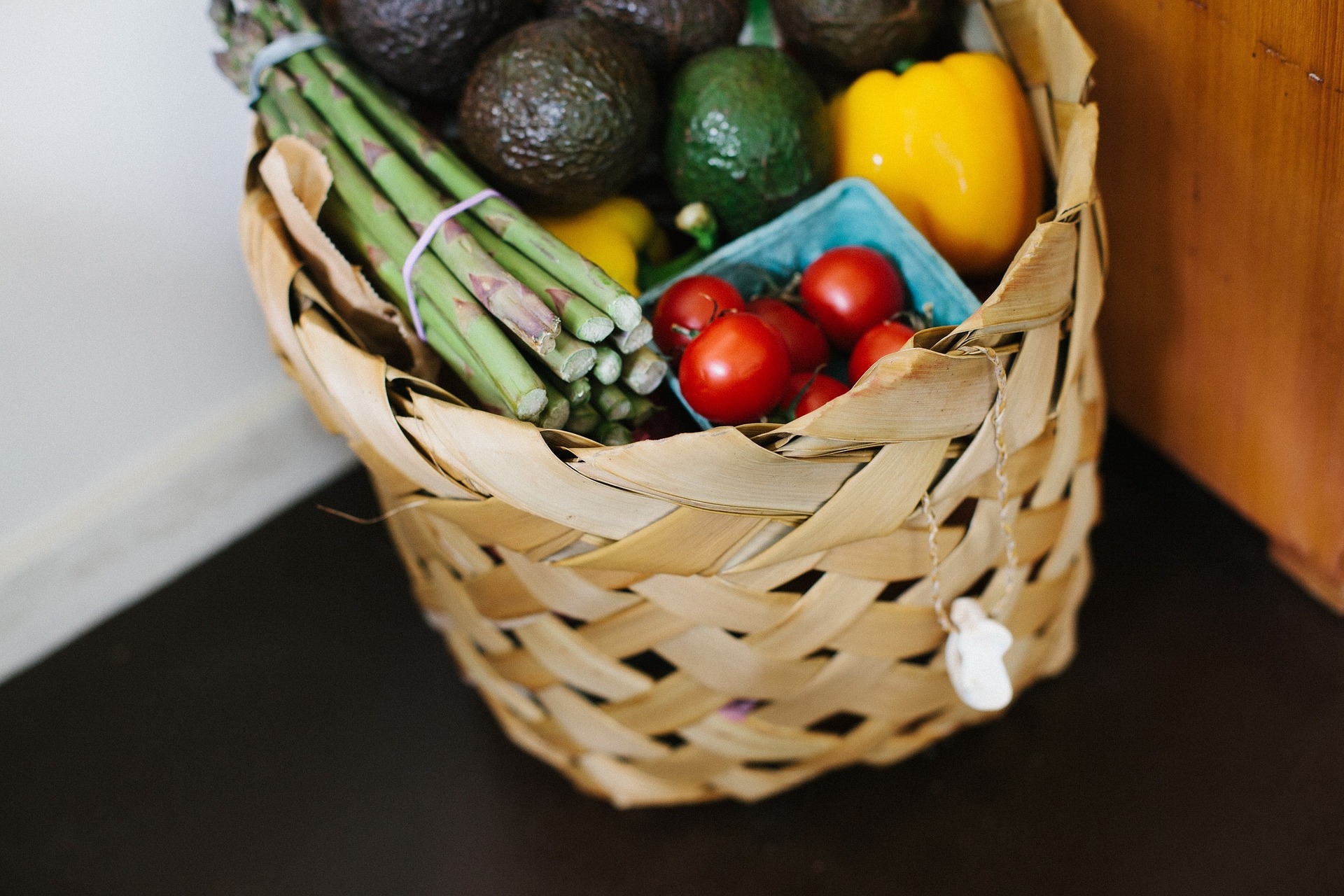
- Bring the grocery bags inside.
- Wash your hands.
- Put produce where it belongs: Refrigerator, freezer or countertop
- Wash hands again.
Check out my 5 Tips for Shopping Smart at the Grocery Store HERE
Washing Your Vegetables and Fruit
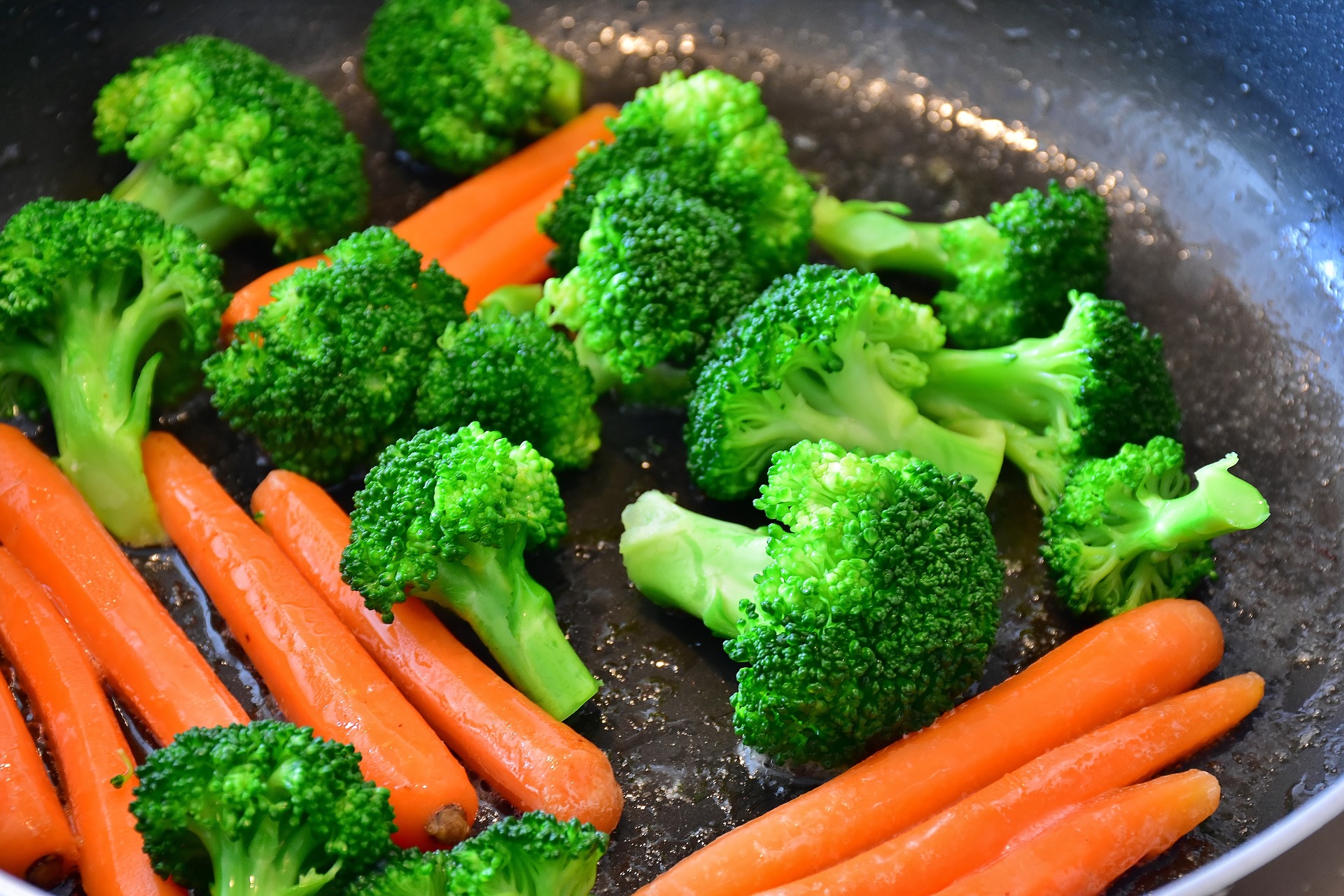
Should you be washing your fruit and vegetables with soap or produce cleansers?
Produce cleansers (whether purchased or homemade ie. vinegar and water) are not necessary.
With the exception of leafy greens, fresh fruits and vegetables have a natural protective coating and should not be washed before storing. Washing them before refrigerating will make them spoil faster.
How To Wash Your Vegetables and Fruit

Wash your produce under cool running water, just before you prepare or eat them. This is even if you remove the peel, as there can be cross contamination between the outer peel and the flesh inside.
Leafy Greens

Iceberg lettuce, Boston, Bibb, green and red leaf lettuce are the exception, as they keep fresher if washed before storage.
How to Wash and Store Your Leafy Greens
1) Wash with clean, cool running water.
2) Toss any wilted, discoloured or blemished leaves.
3) Carefully dry in a salad spinner or on clean paper towels or dish cloth.
4) Store in the salad spinner or wrap lettuce loosely in clean paper towels. Store in sealed plastic bag or container.
5) Lettuce you want to use within one week.
WATCH the full segment below!
For more evidence-based COVID-19 and Food Safety information, check out:
Government of Canada – Be Prepared for COVID-19 Factsheet
Health Canada
Food Safety Facts Sheets and Infographics
Half Your Plate
Did you enjoy this article? Share on Twitter or Facebook and tag using hashtag #nutritionartist
Find my free meal planner below
Did you find this blog helpful? Comment and let me know below!

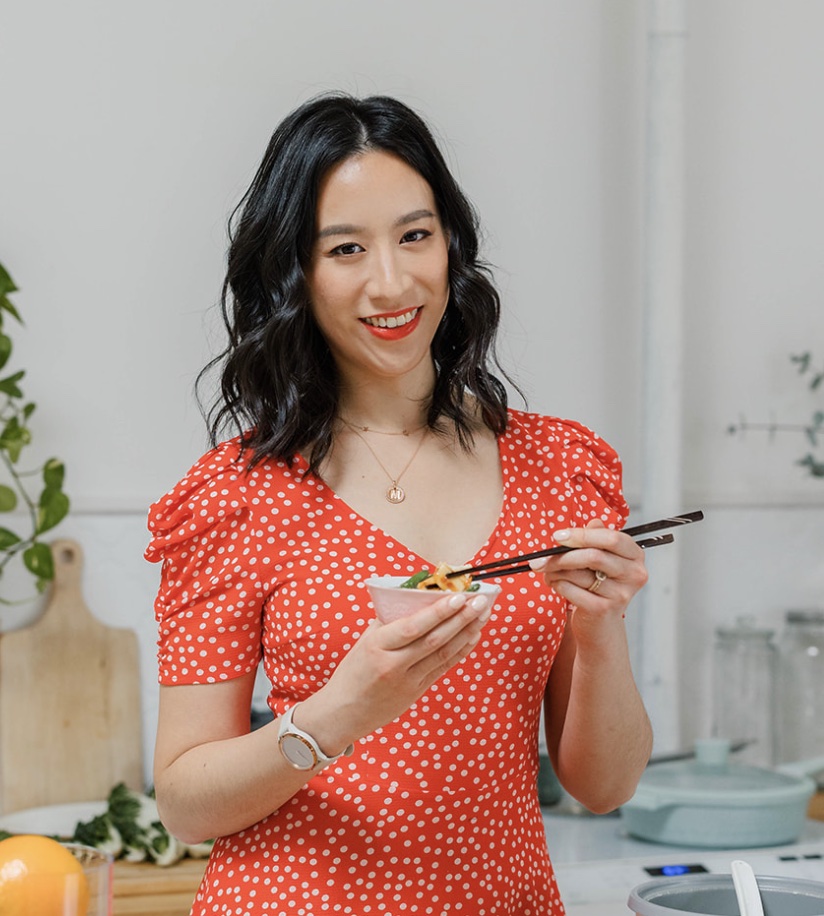
0 Comments